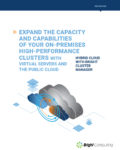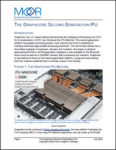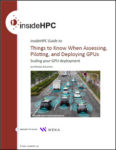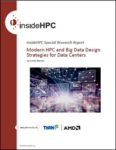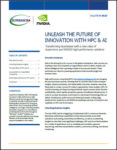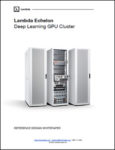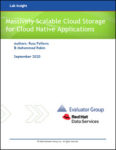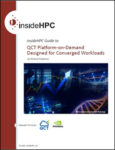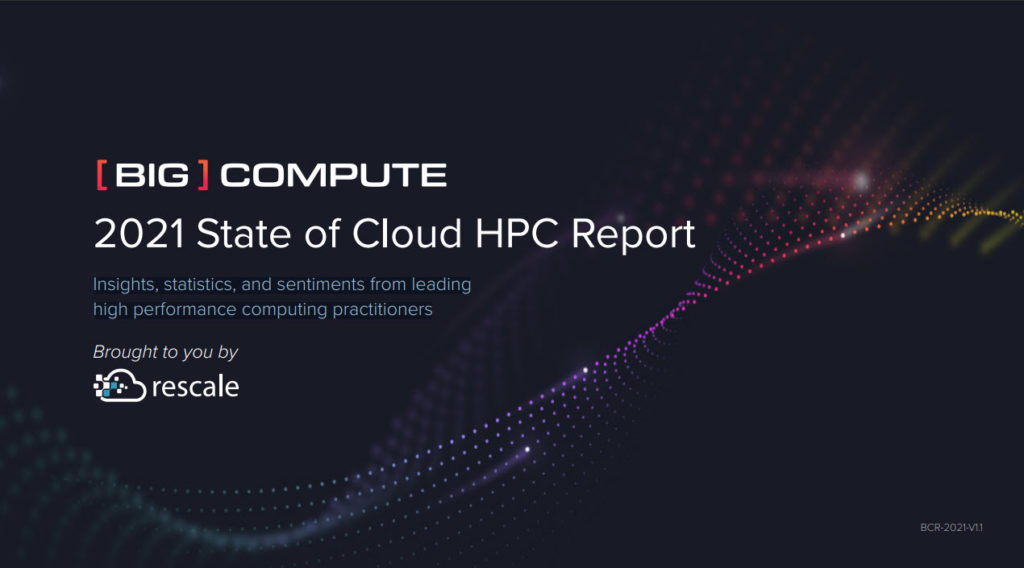Rescale’s role as an intelligent cloud automation platform means the company has a unique vantage point of how R&D-driven organizations are adopting cloud. This inaugural report includes insights from over 300 organizations, running 680+ applications, on each of the major cloud providers. Additionally, the report incorporates survey responses and analytics from leading HPC practitioners as well as inputs from supercomputing hardware and software partners.
Hybrid Cloud with Bright Cluster Manager
This whitepaper from our friends over at Bright Computing discusses how hybrid cloud infrastructures allow organizations to strategically manage their compute requirements from core data center to public cloud and edge, but they are very complex to build and manage. Automation is essential, and verifying your staff’s abilities to work with your tool of choice is mandatory.
The Graphcore Second Generation IPU
Our friends over at Graphcore, the U.K.-based startup that launched the Intelligence Processing Unit (IPU) for AI acceleration in 2018, has released a new whitepaper introducing the IPU-Machine. This second-generation platform has greater processing power, more memory and built-in scalability for handling extremely large parallel processing workloads. This paper will explores the new platform and assess its strengths and weaknesses compared to the growing cadre of potential competitors.
Things to Know When Assessing, Piloting, and Deploying GPUs
In this insideHPC Guide, our friends over at WEKA suggest that when organizations decide to move existing applications or new applications to a GPU-influenced system there are many items to consider, such as assessing the new environment’s required components, implementing a pilot program to learn about the system’s future performance, and considering eventual scaling to production levels.
Modern HPC and Big Data Design Strategies for Data Centers
This insideHPC Special Research Report provides an overview of what to consider when selecting an infrastructure capable of meeting the new workload processing needs. Tyan has a wide range of bare bones server and storage hardware solutions available for organizations and enterprise customers.
Unleash the Future of Innovation with HPC & AI
This whitepaper reviews how cutting-edge solutions from Supermicro and NVIDIA are enabling customers to transform and capitalize on HPC and AI innovation. Data is the driving force for success in the global marketplace. Data volumes are erupting in size and complexity as organizations work to collect, analyze, and derive intelligence from a growing number of sources and devices. These workloads are critical to powering applications that translate insight into business value.
Deep Learning GPU Cluster
In this whitepaper, our friends over at Lambda walk you through the Lambda Echelon multi-node cluster reference design: a node design, a rack design, and an entire cluster level architecture. This document is for technical decision-makers and engineers. You’ll learn about the Echelon’s compute, storage, networking, power distribution, and thermal design. This is not a cluster administration handbook, this is a high level technical overview of one possible system architecture.
Massive Scalable Cloud Storage for Cloud Native Applications
In this comprehensive technology white paper, written by Evaluator Group, Inc. on behalf of Lenovo, we delve into OpenShift, a key component of Red Hat’s portfolio of products designed for cloud native applications. It is built on top of Kubernetes, along with numerous other open source components, to deliver a consistent developer and operator platform that can run across a hybrid environment and scale to meet the demands of enterprises. Ceph open source storage technology is utliized by Red Hat to provide a data plane for Red Hat’s OpenShift environment.
insideHPC Guide to QCT Platform-on-Demand Designed for Converged Workloads
Not too long ago, building a converged HPC/AI environment – with two domains: High Performance Computing (HPC) and Artificial Intelligence (AI) – would require spending a lot of money on proprietary systems and software with the hope that it would scale as business demands changed. In this insideHPC technology guide, as we’ll see, by relying on open source software and the latest high performance/low cost system architectures, it is possible to build scalable hybrid on-premises solutions that satisfy the needs of converged HPC/AI workloads while being robust and easily manageable.
Using Workstations To Reshape Your Artificial Intelligence Infrastructure
The study results summarized in this white paper show that firms are already using workstations to lower the cost, increase the security, and speed up their AI infrastructure. The addition of workstations into a firms AI workflow allows servers and cloud platforms to be tasked with business cases that require more robust computing while workstations take on tasks with longer time frames and smaller budgets.


